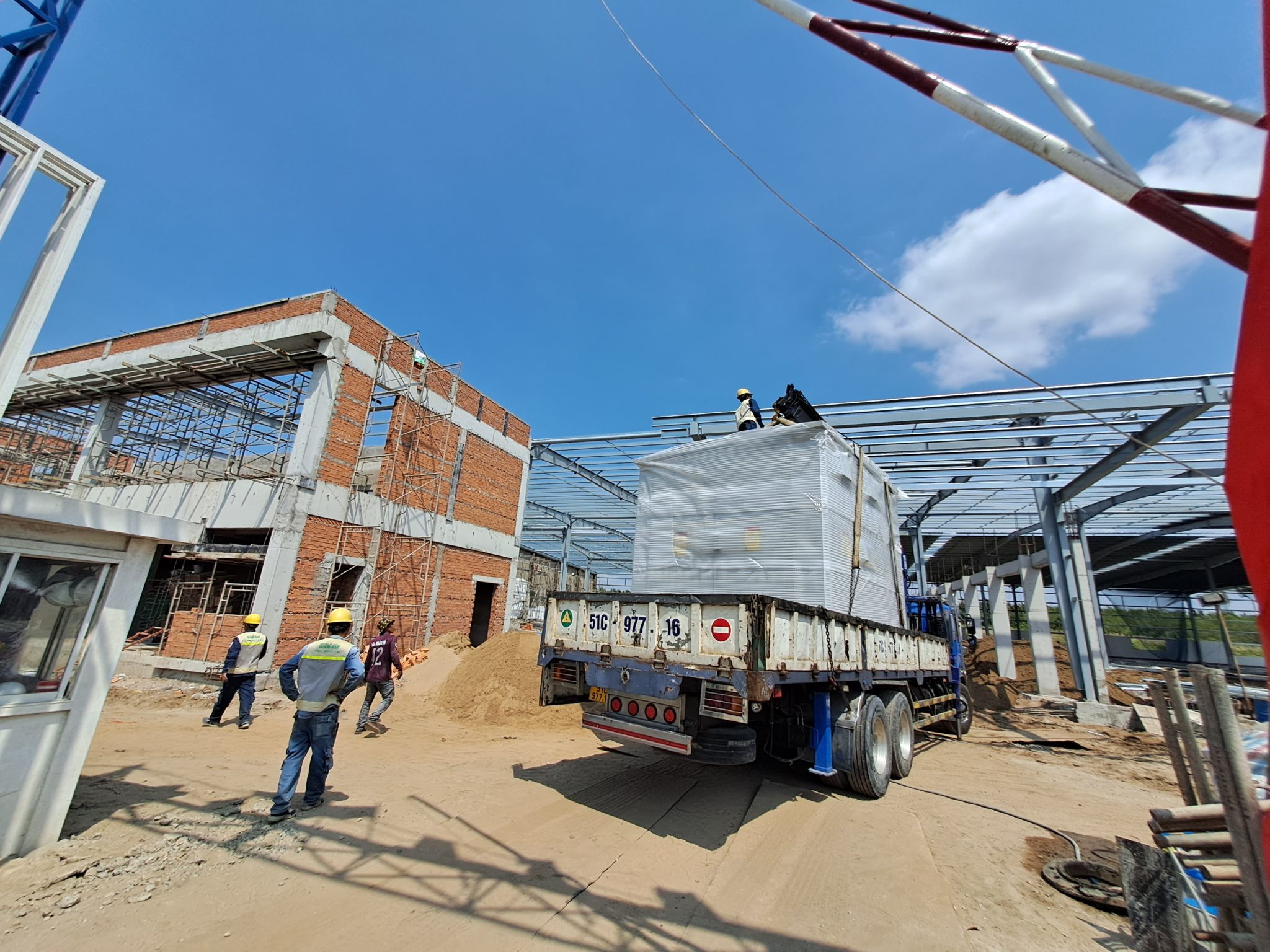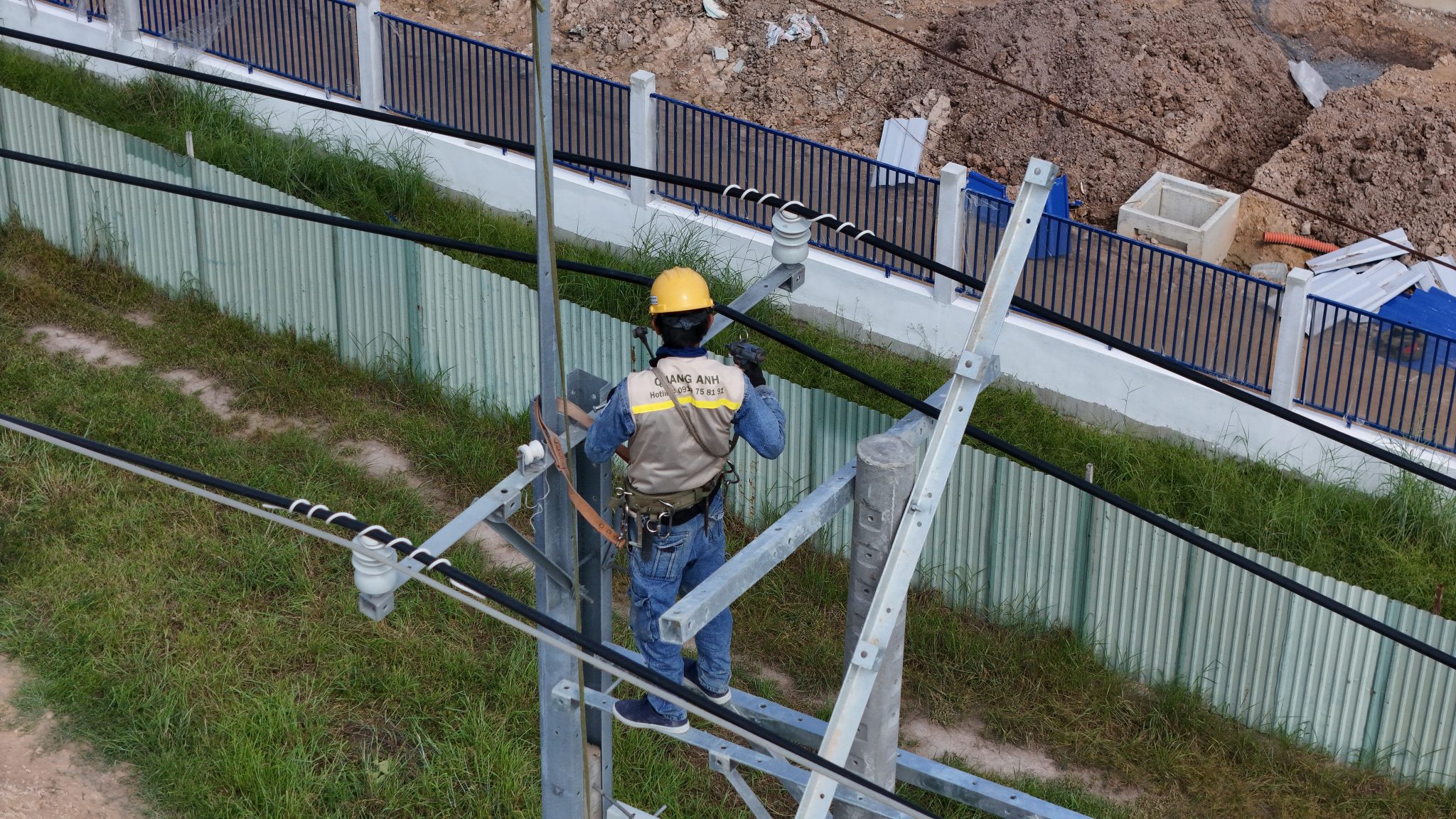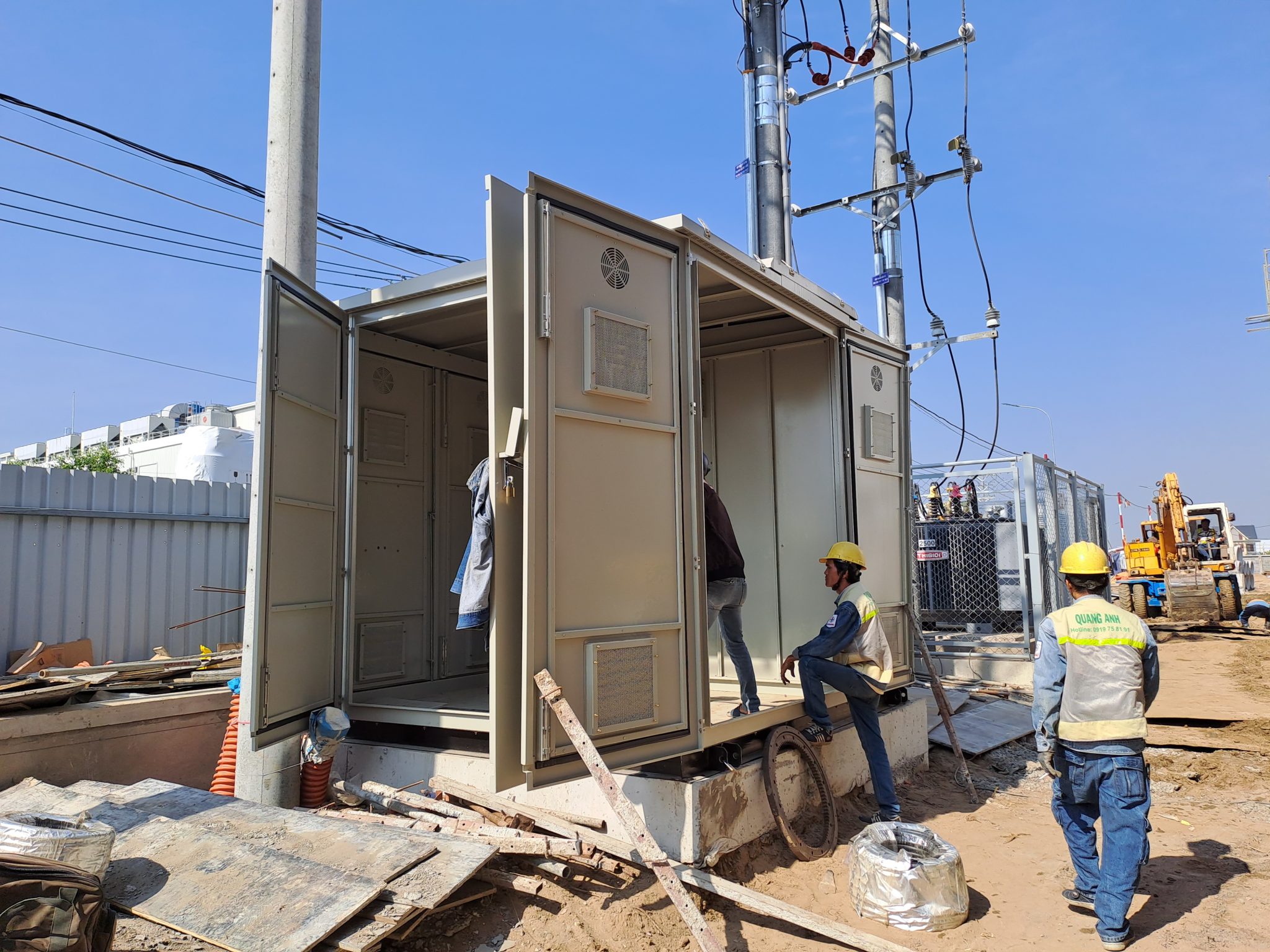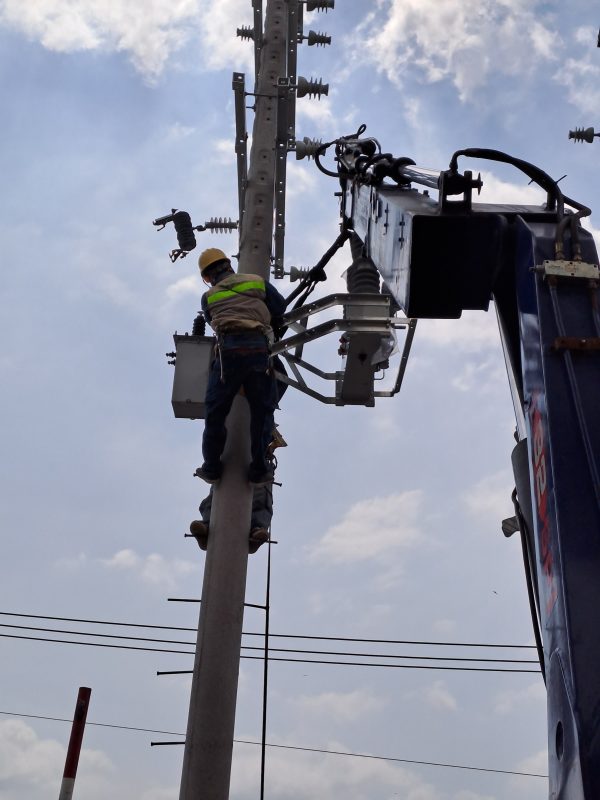Compiling data on solar installation costs in Vietnam shows that labor expenses typically account for 15-30% of the total investment, influenced by factors such as geographic location and project scale.
Labor Cost Proportion in Total Construction Investment
In Vietnam’s solar systems, labor costs often represent 15-30% of the total investment. This ratio shifts with the complexity and size of the project. For instance, a 3 kWp system can vary from 5.25 to 13.5 million VND.
Labor expenses are a crucial component of any construction budget, typically ranging from 20-30% of the overall cost. This percentage can fluctuate depending on execution methods and material choices. Hence, effective labor management is vital to ensure budgets are not exceeded.
According to the Ministry of Construction, labor costs must be calculated based on various factors, including base salary and specific allowances for hazardous or mobile conditions. This is crucial for accurate cost management and ensuring all compensations are adequately reflected.
Optimizing execution also plays a significant role in reducing labor cost ratios. Companies can leverage advanced technologies to enhance productivity, thereby reducing reliance on manual labor. Moreover, selecting appropriate materials and tightly managing schedules can help shorten construction times, eliminating unnecessary tasks and expenses.
From an economic perspective, determining reasonable labor costs in estimates is essential, though a lack of unified regulations persists. Currently, most guidelines are fundamental with advisory circulars. However, implementing effective labor cost management strategies can yield substantial benefits for businesses in today’s economic climate.

Factors Influencing Labor Costs
Labor costs are influenced by several factors, including geographic location and project complexity. Labor prices vary across Northern, Central, and Southern regions. Roof types such as tile, metal, or concrete significantly impact labor expenses.
Understanding the factors that affect labor costs is crucial for effective project management and overall construction cost optimization.
- Geographic Location and Worksite: Urban areas typically have higher labor costs than rural regions, primarily due to higher living expenses and wages in cities. Additionally, locations like remote areas and islands can increase labor costs significantly due to challenging conditions and elevated material transportation costs.
- Project Nature and Scale: Projects requiring high technical expertise or specialized designs demand skilled workers, raising labor costs. Large-scale projects or those with multiple floors directly influence costs due to increased labor needs.
- Worker Skill Level and Experience: Highly skilled or experienced workers often command higher wages, raising project labor costs. In regions with skilled labor shortages, competition for talent can drive costs up.
- Project Timeline and Pace: Short completion timelines or peak season work can push labor costs higher due to increased workforce demands or overtime work. Safety regulations and comprehensive protective equipment requirements also contribute to overall labor costs.
- Other Factors: Convenient transportation access reduces labor travel costs, whereas underdeveloped infrastructure areas may see higher labor prices due to increased mobility expenses.

Solar Power Market in 2025
In 2025, Vietnam’s investment in solar power continues to grow. Installation prices range from 10 to 16 million VND per kWp, with labor costs forming a significant component, reflecting the complexity and technical demands of the industry.
The solar power market in Vietnam is experiencing rapid development thanks to supportive policies and the rising demand for renewable energy. Specifically, Decree 58/2025/NĐ-CP provides a robust legal framework for solar projects, particularly rooftop solar installations, allowing households and businesses to sell surplus electricity to the national grid with clear financial and land incentives.
A noteworthy aspect of this market is the changing price mechanisms. In 2025, solar electricity prices will vary by geographic region, reflecting differences in solar radiation potential, with Central and Southern Vietnam benefiting from higher sunlight intensity. Large-scale projects still receive tax incentives and reduced electricity transmission fees. Grid connection and measurement systems must comply with new technical standards as per Circular 05/2024/TT-BCT.
Overall, solar power investment trends are expanding. Households prioritize rooftop solar to exploit clean energy, while businesses install systems on industrial roofs to cut operational costs. In rural and remote areas, standalone solar systems are gaining popularity. Advancements in solar panel technology, improved conversion efficiency, and reduced initial investment significantly contribute to this trend.
Flexible investment models, such as installation leasing or financial sponsorship, are widening access opportunities. Globally, the solar power market is projected to exceed $300 billion by 2025, indicating strong growth in renewable energy sources.

Investing in solar power offers substantial technical and strategic benefits as Vietnam expands its renewable energy sector. Understanding labor costs is key to optimizing project costs and efficiency.
For more details and direct consultations, contact QuangAnhcons via hotline: +84 9 1975 8191.
QuangAnhcons offers consulting and installation services for solar power systems in Vietnam, focusing on cost optimization and system efficiency.
[contact-form-7 id="7239967" title="Contact form 1"]


Related Posts
Tay Ninh Solar Power Planning: Technical Framework, Grid Interconnection, and Rollout Roadmap
Technical overview of solar planning in Tay Ninh: irradiation, grid capacity, permitting, design, operations, and [...]
Dec
Binh Duong Solar Planning: Regulatory Framework, Grid Interconnection, and an Implementation Roadmap for Factories and Industrial Parks
An overview of Binh Duong solar planning: legal framework, interconnection, design, risk management, and an [...]
Dec
Solar Farm Repair: O&M Workflow, IV Curve Diagnostics, Thermography, Inverter Service and Utility-Scale Safety
A utility-scale solar farm repair plan centered on O&M, IV curves, thermal imaging, inverter service, [...]
Dec
Dong Nai Solar Power Plan 2023–2025: Tri An 1,029 MW, Grid Upgrades and the DPPA Pathway
A complete look at Dong Nai’s solar power plan: Tri An 1,029 MW, irradiation potential, [...]
Nov
Quang Ngai Solar Power Plan 2024–2030: Legal Framework, Irradiance Potential, and Development Roadmap
A complete look at Quang Ngai’s solar power plan: capacity targets, irradiance (PVout), development zones, [...]
Nov
Solar Damage Assessment Services: On-Site Procedures, EL/IV/Thermography Testing & Compliance with Standards
Discover IEC/UL/NEC standard solar damage assessment processes: on-site evaluation, EL and IV curve testing, thermal [...]
Nov
Comprehensive Package Estimate for a 1800MVA 500kV Substation: Scope, Configuration 3x600MVA, Standards and Timeline Management
An overview of the 1800MVA 500kV substation estimate: construction scope, configuration 3x600MVA, GIS/AIS, SCADA, standards, [...]
Nov
Factory Electrical Systems: Comprehensive Design and Implementation Guide
Discover the detailed and safe process of factory electrical systems design and implementation. [...]
Oct
Blueprints Required for Factory Construction Permits
Discover the necessary blueprints in factory construction permit applications, from floor plans to electrical and [...]
Oct
What Are the Requirements for a Factory Construction Permit? A Comprehensive Guide
Explore the documentation and steps needed to secure a factory construction permit for streamlined project [...]
Oct
Factory Construction Permit Procedures in Vietnam: Essential Guidelines and Documents
Learn the procedures for securing a factory construction permit in Vietnam, focusing on document preparation [...]
Oct
Key Steps in the Factory Construction Process
Discover the essential steps and requirements for building factories. [...]
Oct
Comprehensive Electrical Substation Solutions by Quanganhcons
Discover the cutting-edge electrical substation solutions offered by Quanganhcons for industrial applications. [...]
Oct
Investment Costs for a 1MWp Solar Power System and Influencing Factors
Explore the investment costs for a 1MWp solar power system in Vietnam and the influencing [...]
Sep
QuangAnhcons: Elevating Wind Energy Solutions
Explore QuangAnhcons' leadership in wind energy and renewable solutions in Vietnam. [...]
Sep
Electrical Contractor Strategies at Becamex Industrial Park
Discover the strategic advancements and partnerships of the electrical contractor at Becamex Industrial Park. [...]
Sep
Investment Insights for 1MW Wind Energy in Vietnam: Costs and Opportunities
Discover the detailed analysis of costs and opportunities for investing in 1MW wind energy projects [...]
Sep
Advanced Electrical Installation Solutions by QuangAnhcons
Explore advanced electrical installation solutions and modern technology with QuangAnhcons. [...]
Sep
Enhancing Industrial Electrical Services with Quanganhcons
Discover Quanganhcons' expertise in industrial electrical services, offering efficient and sustainable power systems. [...]
Sep
Comprehensive MEP Solutions by QuangAnhcons: From Design to Maintenance Excellence
Discover optimal MEP solutions with QuangAnhcons, dedicated to excellence from design through maintenance. [...]
Sep